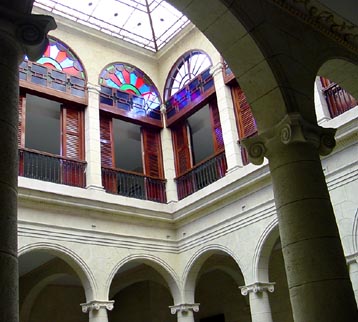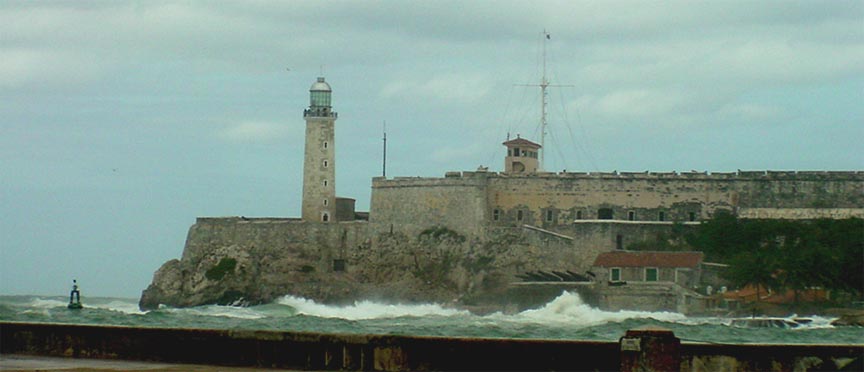This mansion is a Palace converted into a Hotel: It is considered a perfect example of neoclassical architecture, in vogue at the dawn of the 19th century. The hotel has retained the name “Palacio O’Farrill” as a tribute to its earlier owners. Don Ricardo O’Farrill whose family came from County Longford in Ireland, was a wealthy merchant who made his fortune from the notoriously lucrative slave trade. He was also the owner of several sugar mills. Don Ricardo arrived in Havana in the early 18th century and is attributed as the founder of the O’Farrill family in Cuba, which subsequently went on to gain a reputation for its notable performance in administration, commerce and in the country’s cultural development.
As time went by, the O’Farrills became involved in different aspects of Cuban society: Nicolas Calvo de la Puerta y O’Farrill, a distinguished academic and Doctor of Theology at the Pontifical University of San Jeronimo, who introduced improvements in sugar cane production and promoted the Sociedad Patriotica (Patriotic Club) in collaboration with Baron Alexander Von Humboldt. Juan Montalvo y O’Farrill owned the first steamship used in Cuba. Jose Ricardo and Rafael O’Farrill and Herrera were listed among the 18 most influential and richest people in Havana under the rule of Spanish Governor Miguel Tacon. Others played important roles in the army, commerce and music, and in various government offices.

On arrival in the city, the vibrancy of the people is one of the first noticeable things. Also striking is the fact that, day or night, music can always be heard. The rich history of the island is apparent in the faces of the people. They are the descendants of the Spanish conquistadores, who colonised the island in the sixteenth century and the African slaves brought over to work on the tobacco and sugar plantations.
